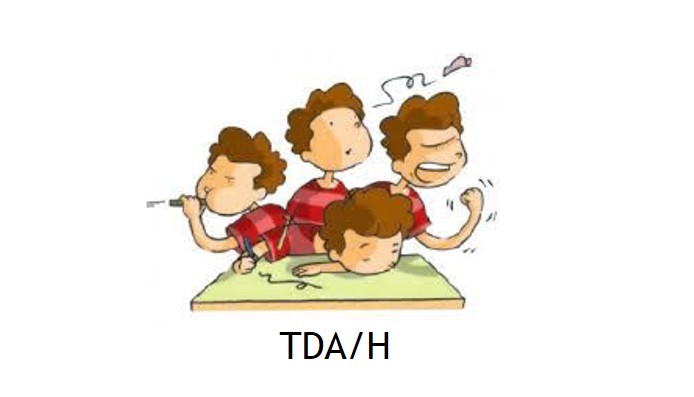ADHD stands for attention deficit disorder with (or without) hyperactivity. It is a disorder where the individual sometimes has difficultly controlling thoughts, words and actions. Some are inattentive (forgetful, lose things, have difficulty completing an activity, trouble listening to instructions), impulsive (in words, gestures), hyperactive (like being on a springboard, moving hands or feet, hyperactivity or verbal thoughts). This disorder also often involves dysregulation of emotions, in other words, the child has difficulty managing emotions and emotions become intense very quickly.
The first interventions we should use for this type of child fosters a high quality of life. First, we must ensure the quality of sleep in children. When they are tired, most children have difficulty controlling themselves. In children who have ADHD, their behaviors seem exacerbated during moments of fatigue. They move more, act before thinking, and are less and less attentive. Therefore, one of the first tips is to ensure the child’s bedtime suits their needs and keep continuity on the weekends. Many parents believe that deviating on the weekend has little impact on the child, but instead we notice that many children are struggling to catch up on a few hours of missed sleep. Make sure there is a quiet routine before bedtime (e.g. reading a story, a massage, etc.); provide a little light, low noise levels, and a room temperature below 21 degrees – all examples of environmental adaptations that will be conducive to sleep.
Following a healthy diet is important. In fact, many foods contain food additives which seem to have an effect on a child’s behavior. Sugar, meanwhile, can be singled out as a stimulant. Caffeine based drinks (iced tea) or caffeine (cola) will excite a child. In addition, certain foods rich in tryptophan will be helpful to encourage sleep. Examples are bananas, rice, dairy products, meat, peanuts and eggs. Finally, foods rich in Omega 3, or taking Omega 3 capsules, improve attentional capacities in children (a few studies have been conducted so far). On the flip side – we should not focus on capsule type “gummies” because they are less effective (ADHD Congress, fall 2013).
Physical activity expends energy, has the effect of calming a child and helps with anxiety and sleep regulation. It channels the need to move. Allow time at the park, encourage a child’s participation in sports or extracurricular activities as well as provide facilities at home – play structures or a trampoline is beneficial for the child. Taking daily “fidget” breaks before starting homework can be a winner. But beware – physical activity done too close to bedtime sets the stage for less sleep!
Martine Dugas, Psychoeducator,martinedugas@live.ca-www.martinedugas.ca



Leave A Comment